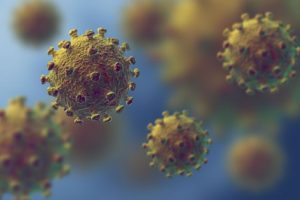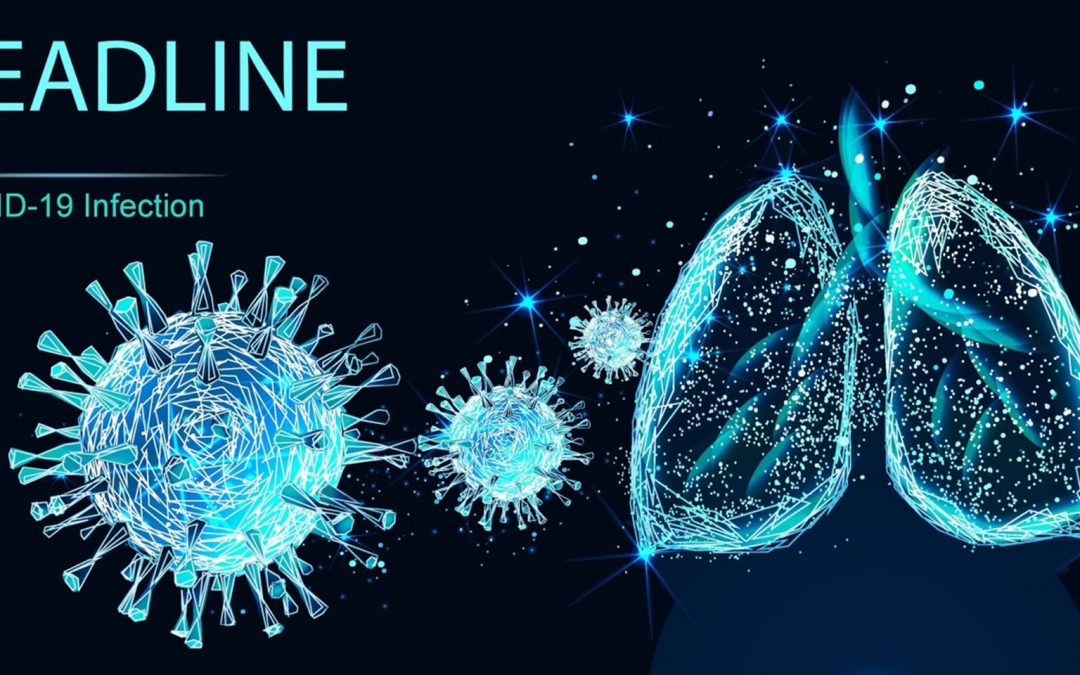The COVID-19 outbreak has been causing quite the fear to our community. This fact sheet includes information gathered from the World Health Organization and compiled to educate you about the virus, clarify the risks of infection, and emphasize preventative measures.
Qualmedica Research is headquartered in Kentucky with research sites in Owensboro and Bowling Green Kentucky and in Evansville Indiana. We have extensive experience conducting phase II, III, and IV clinical trials across a comprehensive list of conditions. Our customers include more than 100 pharmaceutical companies and Contract Research Organizations (CROs). Our mission is to enable better health for patients that will benefit from new or improved drugs. We partner with physicians and sponsors to bring therapeutics to market that are safe, effective, and meaningful to a patient’s quality of life. We are dedicated to improving health through research. We hope you find this information page helpful.
What is Coronavirus and COVID-19?
Coronaviruses are a large family of viruses which may cause illness in animals or humans. In humans, several coronaviruses are known to cause respiratory infections ranging from the common cold to more severe diseases such as Middle East Respiratory Syndrome (MERS) and Severe Acute Respiratory Syndrome (SARS). COVID-19 is the disease brought on by the coronavirus. This novel virus in humans causes the disease referred to as COVID-19. It was unknown before the outbreak began in Wuhan, China, in December 2019.
What are the symptoms of COVID-19?
The most common symptoms of COVID-19 are fever, tiredness, and dry cough. These symptoms are usually mild and being gradually. Most people (around 80%) recover from the disease without needing special treatment. Around 1 out of every 6 people who get COVID-19 becomes seriously ill and develops difficulty breathing. Older people, and those with underlying medical problems like high blood pressure, heart problems or diabetes, are more likely to develop serious illness. People with fever, cough and difficulty breathing should seek medical attention by calling their primary care physician or their local health department.
How does COVID-19 spread?
People can catch COVID-19 from others who have the virus. The disease can spread from person to person through small droplets from the nose or mouth which are spread when a person with COVID-19 coughs or exhales. These droplets land on objects and surfaces, then enter the body when people breathe in the droplets or touch their eyes, nose or mouth after touching a contaminated surface.
Can COVID-19 be caught from a person who has no symptoms?
The main way the disease spreads is through respiratory droplets expelled by someone who is coughing. The risk of catching COVID-19 from someone with no symptoms at all is very low.
How long is the incubation period for COVID-19?
Most estimates of the incubation period for COVID-19 to develop ranges from 1 to14 days, most commonly around 5 days. However, studies are still on-going to better identify the incubation period for this new coronavirus.
How long does this new coronavirus stick around on contaminated surfaces?
Remember that the incubation period describes how long it takes for an infected person to start showing symptoms. That’s different from the virus’ viability. Studies suggest that coronaviruses may persist on surfaces for a few hours or up to several days and continued viability may depend on the type of service and the specific environment. For example, a sunny windowsill receiving UV radiation from the sun may destroy the virus faster; the virus may stay alive longer on stainless steel than on copper. Cell phones can be a persistent source of virus. Most cell phone manufactures publish cleaning methods. One common method is to use pre-packaged alcohol wipes (70% isopropyl alcohol) or to spray a cloth with a solution of 70% isopropyl alcohol and wipe the phone surfaces. Check out your phone manufacture’s website before experimenting with different cleaning agents. Wash your hand regularly to avoid picking up the virus from contaminated surfaces.
Who is at risk of developing severe illness?
While we are still learning about how COVID-19 affects people, older persons and persons with preexisting medical conditions (such as high blood pressure, heart disease, kidney disease, lung disease, cancer or diabetes) appear to develop serious illness more often than others. All age groups are susceptible to infection by this new coronavirus
What can I do to protect myself from COVID-19?
The risk of contracting COVID-19 depends on whether there is a COVID-19 outbreak in your location. Take care of your health and protect others by doing the following:
- Regularly and thoroughly clean your hands with an alcohol-based hand rub or wash them with soap and water. Washing your hands with soap and water or using alcohol-based hand rub kills viruses that may be on your hands.
- Maintain at least 1-meter (3 feet) distance between yourself and anyone who is coughing or sneezing.
- Avoid touching your eyes, nose, or mouth.
- Make sure you, and the people around you, follow good respiratory hygiene. This means covering your mouth and nose with your bent elbow or tissue when you cough or sneeze. Then dispose of the used tissue immediately.
- If you have a fever, cough and difficulty breathing, seek medical care early. Stay home if you feel unwell. Contact your primary care physician or the local health department to schedule an appointment.
Does the virus really look like this?

This is an artificially colored rendering, but YES, Pretty Much! This class of virus is named “corona” because of the crown-like ring of spikes on their surfaces.
Additional Resources
The US Centers for Disease Control and Prevention (CDC) COVID-19 Resource Site:
https://www.cdc.gov/coronavirus/2019-ncov/index.html
The World Health Organization (WHO) COVID-19 Resource Site:
https://www.who.int/emergencies/diseases/novel-coronavirus-2019

